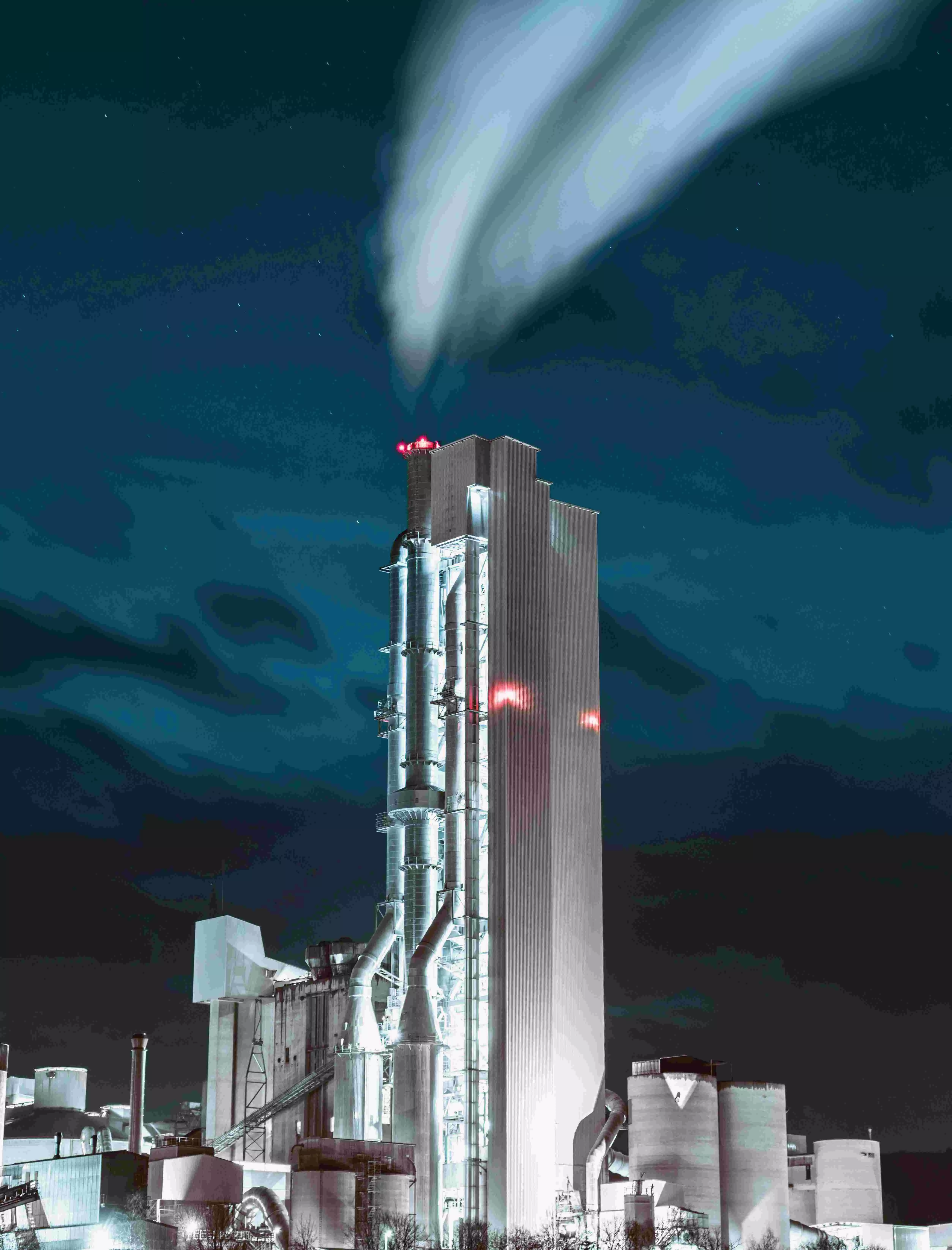Shadowed Potential
Although it provides a controversial climate fix, Carbon Capture and Sequestration can prove to be fruitful in the future if carbon pricing becomes more prevalent

Carbon Capture and Sequestration (CCS) technologies are not new and were used primarily by oil and gas companies in the 1950s to increase their productivity and purify natural gas. Oil companies would simply inject CO2 into the oilfields to increase the pressure in the reservoir, leading to more oil being pushed up. However, CCS technologies were repurposed in the 1990s, as a response to the increased awareness about greenhouse gas emissions and the global warming they caused. Let us discuss these in more detail.
CCS: Promising or Questionable?
As noted above, CCS is a well-known technology, which involves the separation of CO2 from the flue gas produced by power plants and other large industries such as cement plants, steel plants and fertilizer units. This flue gas is then cooled in a Cooling Tower, after which it is passed through an ‘absorber’ , which is a solution containing chemicals called amines. The CO2 binds itself to the amines and stays in the ‘absorber’ and the clean exhaust is released into the air. The ‘absorber’ is further heated and the CO2 separated from the amines makes it more pure. This purified CO2 is then transported mainly by pipelines (in a liquefied form) and injected into abandoned oil and gas fields or underground saline aquifers.
A report by the Intergovernmental Panel on Climate Change (IPCC) in 2005 had estimated that CCS had the potential to mitigate 15-55 per cent of cumulative greenhouse gas emissions till the year 2100. The promise of CCS was also highlighted by reports of the International Energy Agency (IEA) of the USA in the late 2000s. It is generally accepted that meeting global warming targets would require us to use CCS in combination with biogas, renewable and nuclear energy. IPCC reports also estimate that mitigation costs would rise if CCS were not included in the mix. It is generally agreed that even if all electricity comes from renewables, CCS would still be necessary if the Paris target of limiting warming to 2 degrees Celsius has to be met. According to the latest annual report by the Global CCS Institute, there are currently 41 CCS projects in operation worldwide and another 351 projects in development. The Institute reported that CCS projects had a capacity to capture 361 million tonnes of CO2 per annum as of July 2023. Many CCS projects were being planned across the world including in the Middle East, North America, Japan and Europe.
The world’s first large-scale, commercial CCS project was at the gas processing site of Sleipner, Norway, in the North Sea, where operations began in 1996. Since then, 23 million tonnes of CO2 have been captured and stored. Some other CCS projects around the world are as follows:
- The Quest project in Alberta, Canada, became operational in November 2015. It captures 1.08 Mtpa of CO2 from the manufacture of hydrogen for upgrading bitumen into synthetic crude oil, and stores it in a deep saline formation.
- The Uthmaniyah CO2-EOR Demonstration Project in Saudi Arabia, launched in 2015, captures around 0.8 Mtpa of CO2 from a natural gas liquid recovery plant and injects it into the Uthmaniyah gas production unit, operated by Saudi Aramco, for enhanced oil recovery.
- The Boundary Dam power station in Canada captures CO2 from a retrofitted coal-fired power station and uses it for enhanced oil recovery in the nearby oil fields in southern Saskatchewan.
- The Northern Lights project is a Logistics challenge and aims to capture 10 million tons of CO2 from industries and ship them to northern North Sea to bury it 2600 meters below the sea bed.
Even though CCS is a promising tool, it has raised a number of concerns. One of the main criticisms was that CCS was highly capital intensive and involved high costs, which made it unviable without government support and a high price of carbon. This makes CCS projects even less attractive for the private sector. Further, the failure of the Kemper project in Mississippi, USA and the halting progress of the Petra Nova project in Texas has highlighted the limitations of CCS projects. Moreover, the foremost argument against CCS is that all the focus should be on mitigation and reducing emissions in the first place. If the emissions are reduced substantially, there will be far less need for CCS.
Conclusion
CCS is not the best solution to achieve deep decarbonisation, but the slow pace on climate action all over the world has necessitated that we look at all options. As carbon pricing becomes more prevalent, and project costs in setting up CCS projects fall, it can be a useful tool in the fight against climate change.
The writer is Additional Chief Secretary, Department of Cooperation, Government of West Bengal



